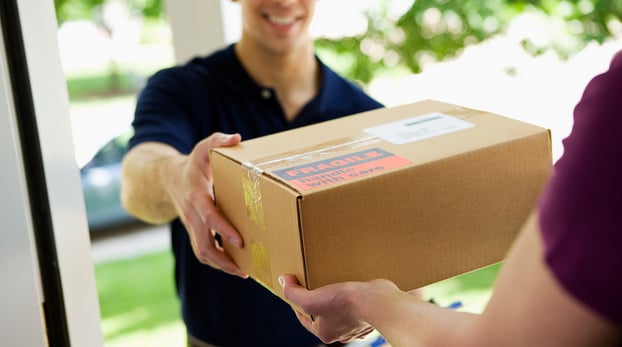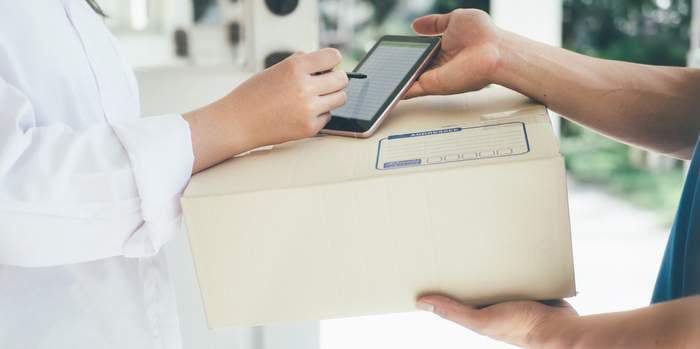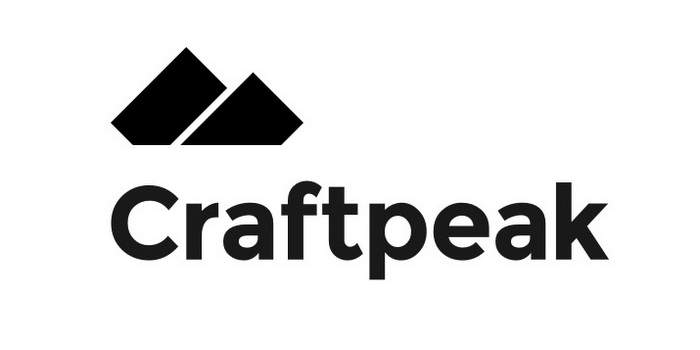
COVID cases are on the rise again, giving us panic attack flashbacks to those early days of the shutdown and the rapid increase of online beer sales and beer delivery services. Regardless of the Delta variant, your brewery needs to understand the nuances of direct to customer (DTC) shipping, home delivery and e-commerce beer sales.
To both prep for another shutdown and just generally understand the 2021 trends here, we reached out to Jeff Carroll, General Manager for Avalara for Beverage Alcohol. Prior to Avalara, Carroll served as Chief Product Officer at Compli, overseeing the development of software solutions and marketing strategy. He regularly speaks about and advises customers on beverage alcohol compliance issues, particularly in the areas of direct shipping and sales tax. Pay particular attention to the South Dakota v. Wayfair section, if you are unaware of it.
CBB: What do you think: are e-commerce sales of alcohol here to stay? And in what form?
Carroll: Without question. During the many months of quarantine, consumers became aware of the fact that there are options for buying alcohol online. I think the pandemic accelerated trends that were already in motion. According to IWSR Drinks Market Analysis, the US will overtake China to become the largest alcohol ecommerce market in the world by the end of this year. We think about a clear distinction between DTC shipping (using FedEx and UPS) and delivery (from a local brewery or retailer), but ecommerce spans both channels.

CBB: What’s the current state of beer DTC shipping?
Carroll: Beer DTC is in the very early days right now. Only 10 states, plus the District of Columbia, allow shipments from out-of-state breweries. Also, FedEx and UPS have only recently expanded their programs outside of the wine category. So, in many ways breweries are just getting started in the DTC world.
CBB: Do you think beer DTC will keep growing, or will interest wane whenever this pandemic is finally-for-god-sakes over?
Carroll: Yes and no. On the one hand, the pandemic really highlighted the fact that DTC is a vital channel for breweries and can help build their brand and consumer base outside of the taproom. However, it feels like it will take much longer to get favorable DTC laws passed than most people realize. It’s always hard to predict, but my best guess is that it will take at least 15 years for breweries to get parity with the 46 states that allow wineries to ship.
CBB: Why will it take so long to get DTC shipping laws passed?
Carroll: It took the wine industry at least 25 years to get to where they are. The winery groups blazed the trail, and it certainly will be easier for breweries because of those efforts. But, it takes time, money, strategy, and collaboration to get laws passed in each state.
CBB: Can you explain the South Dakota v. Wayfair decision, and how will it impact breweries?
Carroll: We get a lot of questions about this, and it is definitely confusing. Wayfair effectively gave states the ability to require sales tax registration if sellers or marketplaces do a certain amount of economic activity in a state, even if they don’t have physical presence. Many states, for example, adopted South Dakota’s threshold of $100,000 in annual sales. This decision snuck up on wineries, and breweries will eventually face some of the same challenges. In most states, the laws are written in a way that requires sales tax registration prior to receiving a direct shipping license. Not all states have that requirement though, so producers need to monitor their activity against the thresholds in each state and then get registered to collect and remit taxes if they trip a threshold.
CBB: Speaking of marketplaces, they seem to be much more prevalent. Will that continue, and what do breweries need to know about working with a marketplace?
Carroll: I think it will continue. The beverage alcohol industry tends to lag other industries by 5 to 10 years, and we see marketplaces being dominant in other categories. From Drizly to Instacart to Amazon, it seems likely that consumers will increasingly turn to marketplaces and delivery apps for convenience and selection. These marketplaces are often referred to as the “fourth tier” of the industry, and that fourth tier is so far fairly unregulated. However, licensees should know that they are ultimately responsible for the actions of the marketplace in most circumstances. It’s important to understand the details of the program, and to ask for details around the flow of funds, age verification, and tax collection and remittance.
CBB: What’s the best way for breweries to get started with DTC?
Carroll: Keep in mind that you don’t need to boil the ocean, so it’s OK to start small. Ship within your own state to your most loyal customers, and experiment to find a formula that works for your business. Expand to more states if you have the consumer demand and make sure the ROI is there to cover the cost of licensing and compliance.



Leave a Reply
You must be logged in to post a comment.